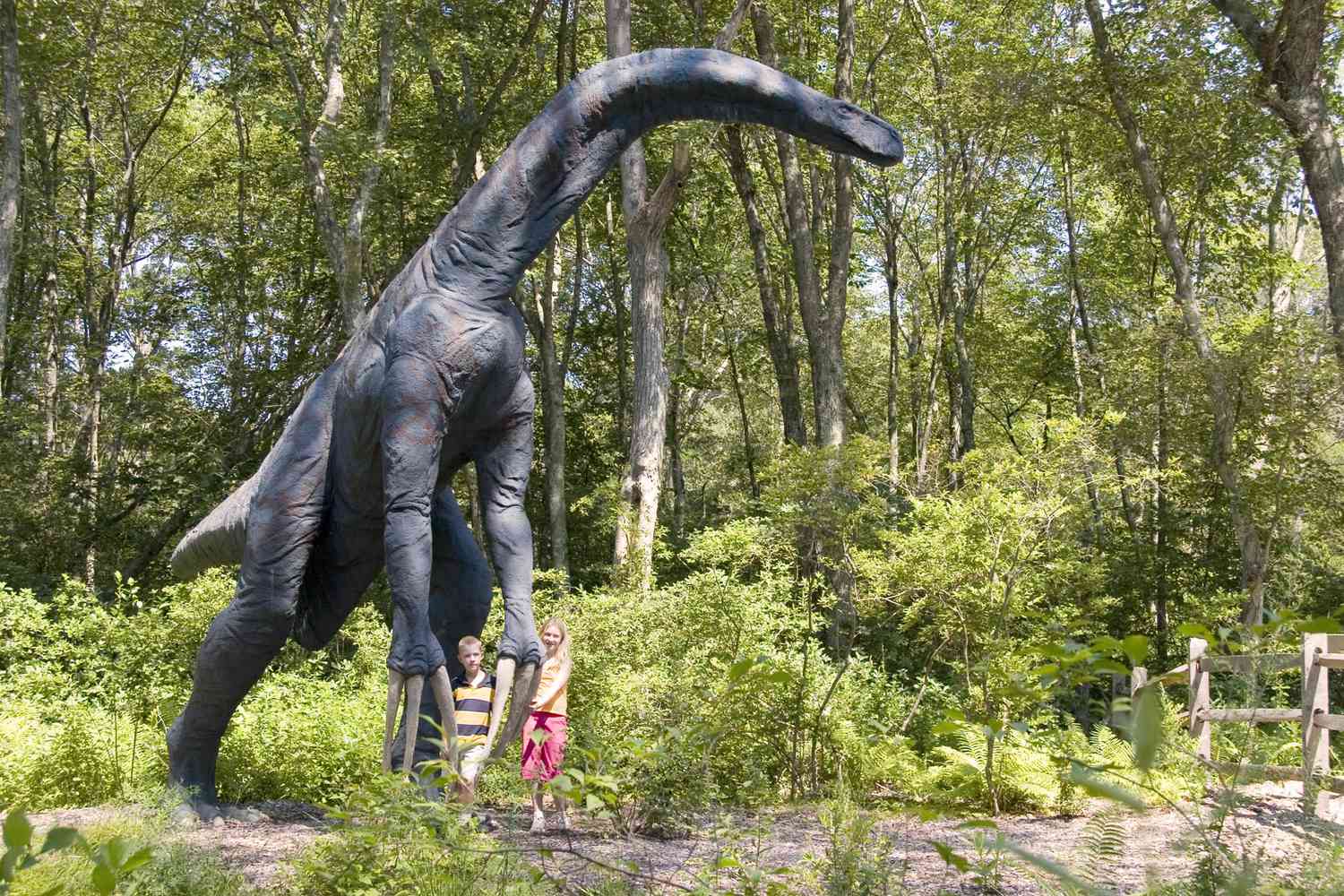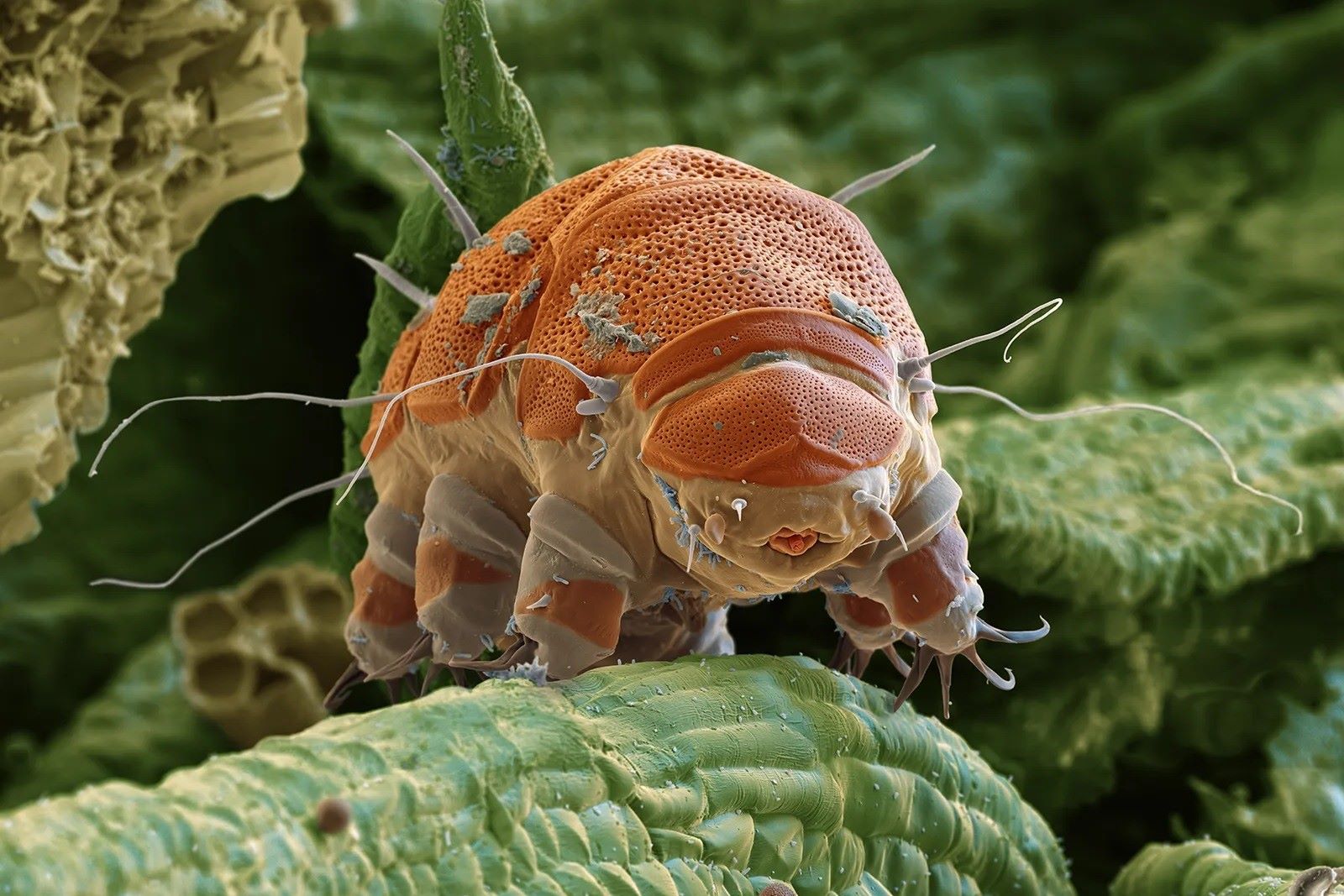
Ever wondered about the Therizinosaurus, that peculiar dinosaur with claws that look like something out of a gardener's nightmare? Well, you're in for a treat! This dino, whose name means "scythe lizard," has puzzled scientists and dinosaur enthusiasts alike for years. What made Therizinosaurus stand out from its Jurassic peers wasn't just its impressive set of claws but also its unique lifestyle and mysterious origins. With a blend of features that seem borrowed from different dinosaur families, this creature raises more questions than answers. Ready to dive into a world where dinosaurs defy expectations? Let's unravel the mysteries surrounding the Therizinosaurus, uncovering facts that are as fascinating as they are bewildering. From its diet to its daunting defense mechanisms, prepare to be amazed by this prehistoric enigma.
Key Takeaways:
- Therizinosaurus, a gentle giant with enormous claws, roamed Mongolia 70 million years ago, shaping its ecosystem and fascinating scientists and dinosaur enthusiasts worldwide.
- The preservation of Therizinosaurus fossils is crucial for understanding prehistoric life, and ongoing research and technology continue to shed light on the mysteries of this enigmatic dinosaur.
What Was Therizinosaurus?
Therizinosaurus, a dinosaur that roamed Earth during the Late Cretaceous period, about 70 million years ago, stands out for its unique features. Known for its gigantic claws, which could reach up to 3 feet in length, Therizinosaurus was a sight to behold. Despite its fierce appearance, it was a herbivore, feeding on plants rather than meat.
- Therizinosaurus means "scythe lizard," a name that highlights its most distinctive feature: those enormous claws.
- This dinosaur lived in what is now Mongolia, showcasing the diverse range of prehistoric life in that region.
Understanding Therizinosaurus' Size
When it comes to size, Therizinosaurus was no small player. Its towering presence was marked by a long neck, broad body, and relatively short legs, making it one of the most intriguing dinosaurs.
- Therizinosaurus could reach lengths of up to 33 feet, making it one of the larger dinosaurs of its time.
- Weighing in at around 5 tons, its size was as impressive as its claws.
The Diet of Therizinosaurus
Despite its fearsome claws, Therizinosaurus was not a predator. Its diet tells a story of a gentle giant that preferred the quieter life of a herbivore.
- Therizinosaurus likely used its long claws to pull down branches, allowing it to feed on leaves and fruits.
- Its beak-like mouth was perfect for snipping vegetation, suggesting a diet that was rich in plant material.
Therizinosaurus' Habitat
The habitat of Therizinosaurus was as unique as the dinosaur itself. Living in what is now Mongolia, it thrived in a lush, vibrant ecosystem.
- This dinosaur lived in a region that was rich in rivers and forests, providing ample food and water sources.
- Fossils suggest that Therizinosaurus shared its habitat with other dinosaurs, including predators, yet its size likely deterred most attackers.
The Mystery of Therizinosaurus' Claws
The claws of Therizinosaurus are perhaps its most fascinating feature, sparking curiosity and speculation among scientists and enthusiasts alike.
- Initially, when first discovered, scientists thought the claws belonged to a giant turtle.
- Further research revealed they were part of a dinosaur, leading to the classification of Therizinosaurus as a unique species.
Therizinosaurus in Popular Culture
Therizinosaurus has captured the imagination of many, making its way into various forms of media and entertainment.
- This dinosaur has been featured in documentaries, movies, and video games, often portrayed as a gentle giant.
- Its distinctive appearance makes it a favorite among dinosaur enthusiasts, especially children.
The Fossil Record of Therizinosaurus
The discovery of Therizinosaurus fossils has provided valuable insights into the life and times of this remarkable dinosaur.
- Most of the fossils have been found in the Nemegt Formation in Mongolia, a site known for its rich prehistoric findings.
- The first Therizinosaurus fossils were discovered in the 1940s, but it took decades to fully understand what they represented.
Therizinosaurus' Role in the Ecosystem
As a large herbivore, Therizinosaurus played a crucial role in its ecosystem, influencing the environment and other species around it.
- By feeding on vegetation, it helped to shape the landscape, possibly even spreading seeds through its droppings.
- Its presence likely influenced the behavior and evolution of other herbivores and predators in its habitat.
The Evolutionary Significance of Therizinosaurus
Therizinosaurus stands out not just for its size and claws but also for its place in the evolutionary history of dinosaurs.
- It is part of the Therizinosauridae family, a group of dinosaurs known for their unique adaptations.
- Studies suggest that Therizinosaurus and its relatives represent an important evolutionary step in the diversification of herbivorous dinosaurs.
The End of Therizinosaurus
Like all dinosaurs, Therizinosaurus eventually faced extinction. The reasons behind its disappearance are part of the larger mystery of the mass extinction event that ended the era of the dinosaurs.
- Therizinosaurus lived towards the end of the Cretaceous period, just before the mass extinction event 66 million years ago.
- Climate change, volcanic activity, and the impact of an asteroid are all factors believed to have contributed to its extinction.
Why Therizinosaurus Fascinates Us
Therizinosaurus continues to fascinate scientists and dinosaur enthusiasts around the world. Its unique features and mysterious life make it a subject of endless fascination.
- Its enormous claws and gentle diet contrast sharply, making it one of the most paradoxical dinosaurs.
- The ongoing discovery of fossils and new research keeps the story of Therizinosaurus alive, inspiring new generations of dinosaur lovers.
Protecting Dinosaur Fossils
The preservation of dinosaur fossils, including those of Therizinosaurus, is crucial for our understanding of prehistoric life.
- Sites like the Nemegt Formation are protected areas, ensuring that fossils remain undisturbed for scientific research.
- Efforts to prevent illegal fossil trading are vital for preserving these windows into Earth's distant past.
The Future of Therizinosaurus Research
Research into Therizinosaurus and its relatives is ongoing, with new discoveries and technologies shedding light on this enigmatic dinosaur.
- Advances in technology, such as 3D scanning and computer modeling, are helping scientists to reconstruct its way of life more accurately.
- DNA analysis and other molecular techniques may one day provide even deeper insights into its biology and evolution.
Engaging with Therizinosaurus Today
For those interested in learning more about Therizinosaurus, there are many resources and opportunities to explore.
-
Museums around the world feature exhibits on Therizinosaurus, offering a glimpse into its prehistoric world.
-
Online platforms and educational programs provide interactive ways to engage with the science and history of Therizinosaurus.
-
Participating in dinosaur-related events and community science projects can connect enthusiasts with experts, fostering a deeper appreciation for these ancient creatures.
A Final Glimpse at Therizinosaurus Mysteries
We've journeyed through the fascinating world of the Therizinosaurus, uncovering secrets and marvels about this unique dinosaur. From its bizarrely long claws to its herbivorous diet, every fact about this creature adds a layer to our understanding of prehistoric life. Therizinosaurus stands out not just for its physical attributes but also for the mysteries that surround its existence. Scientists continue to piece together its story, offering us glimpses into an era long gone. This exploration reminds us of the endless wonders our planet has hosted. As we close this chapter, let's carry forward the curiosity and awe that the Therizinosaurus inspires. Who knows what other astonishing discoveries await us in the depths of Earth's history?
Frequently Asked Questions
Was this page helpful?
Our commitment to delivering trustworthy and engaging content is at the heart of what we do. Each fact on our site is contributed by real users like you, bringing a wealth of diverse insights and information. To ensure the highest standards of accuracy and reliability, our dedicated editors meticulously review each submission. This process guarantees that the facts we share are not only fascinating but also credible. Trust in our commitment to quality and authenticity as you explore and learn with us.


